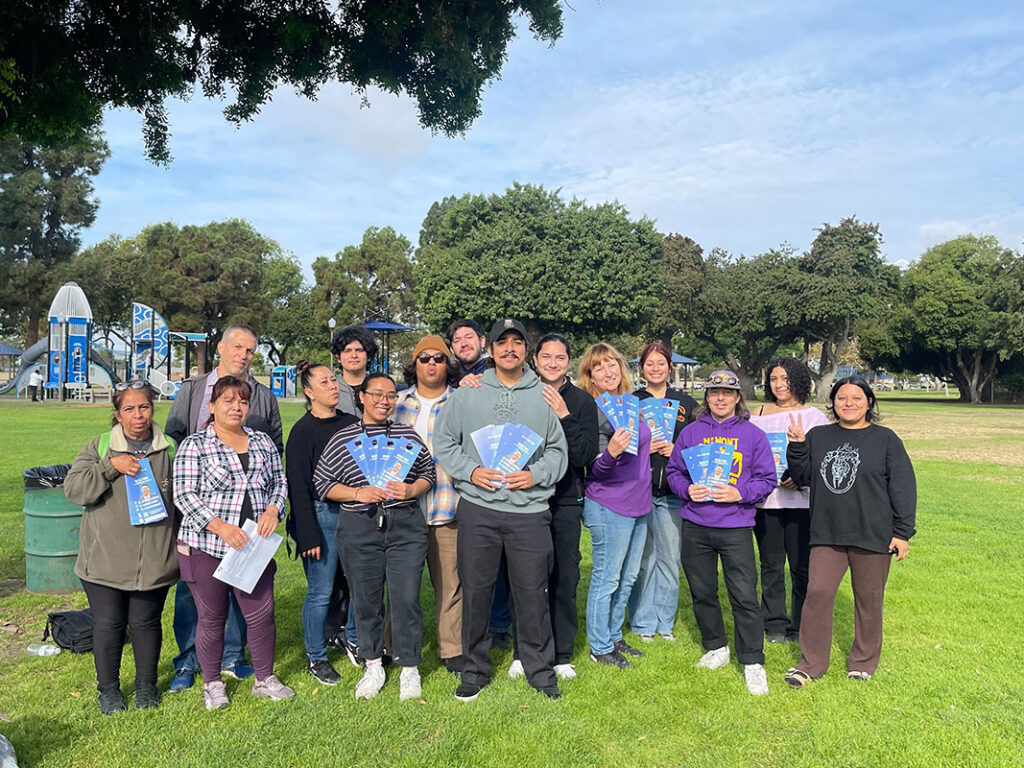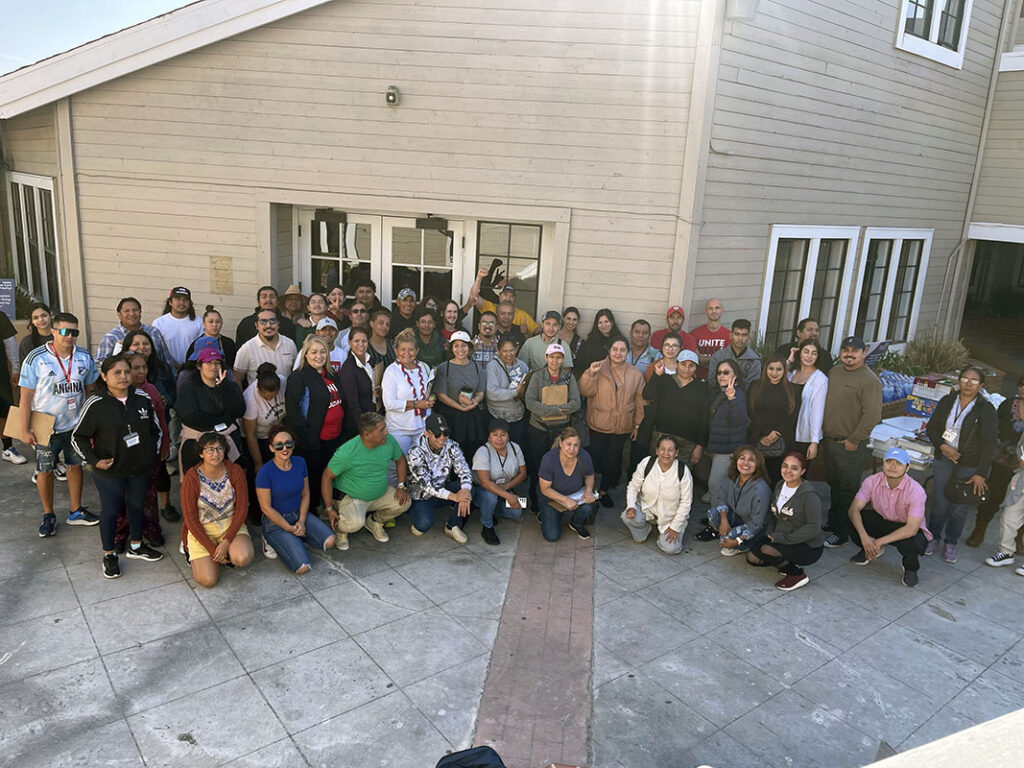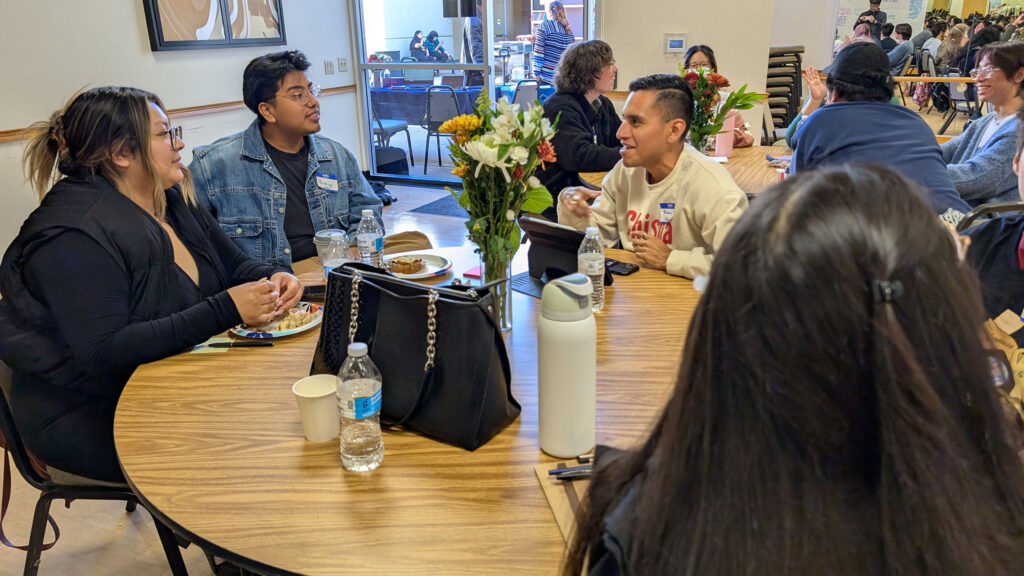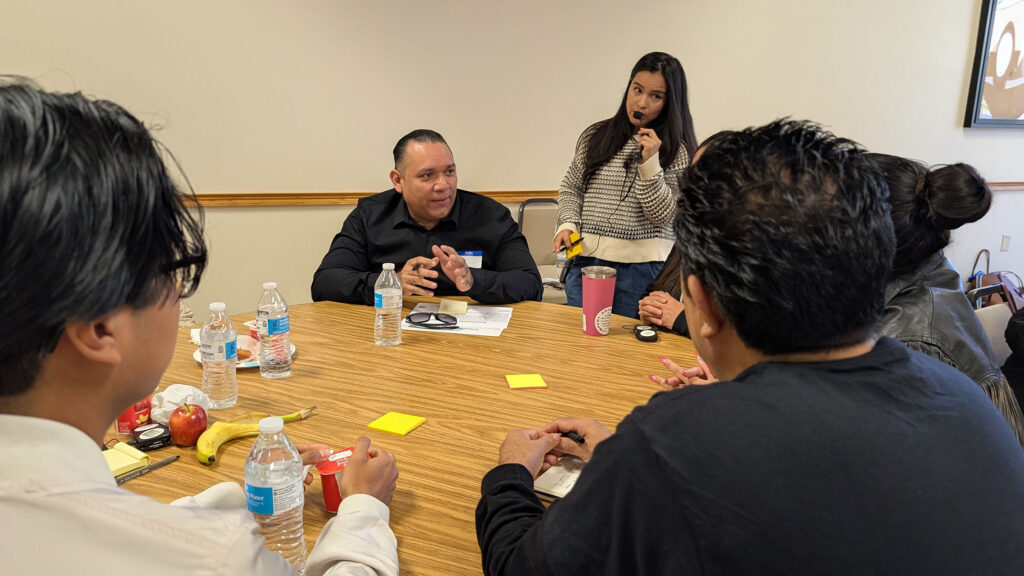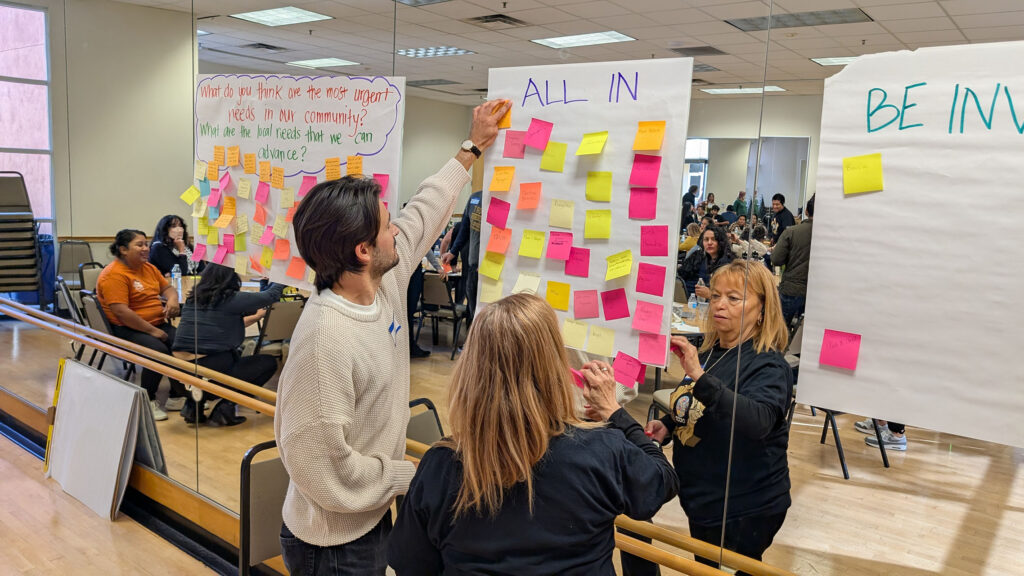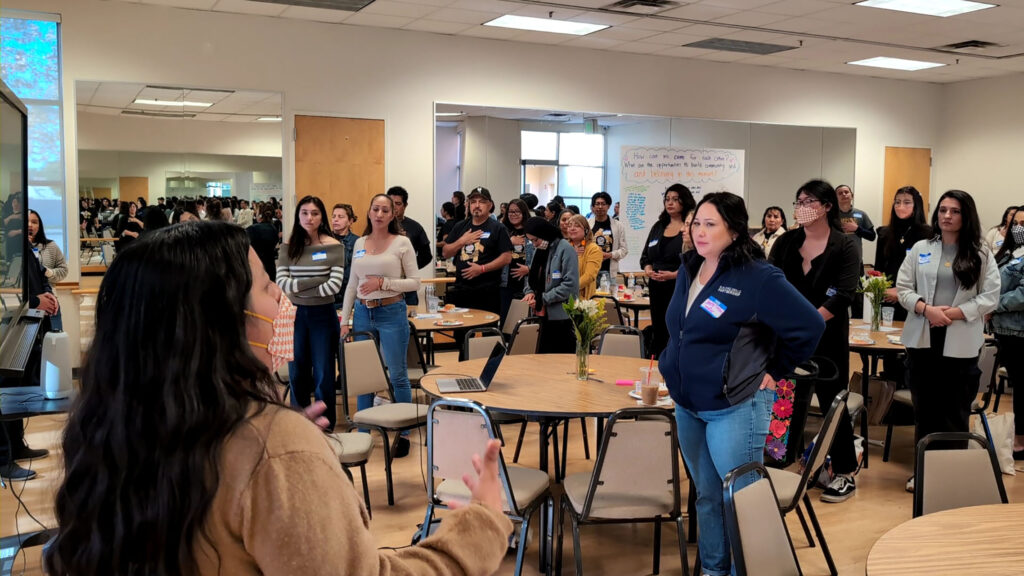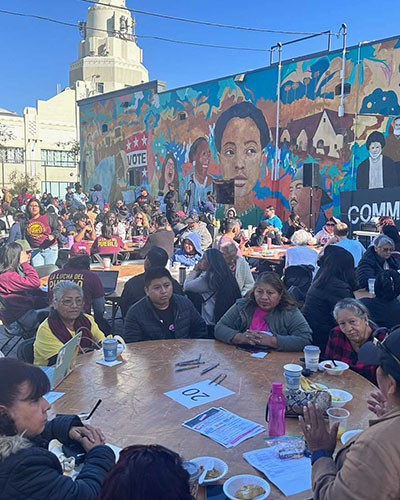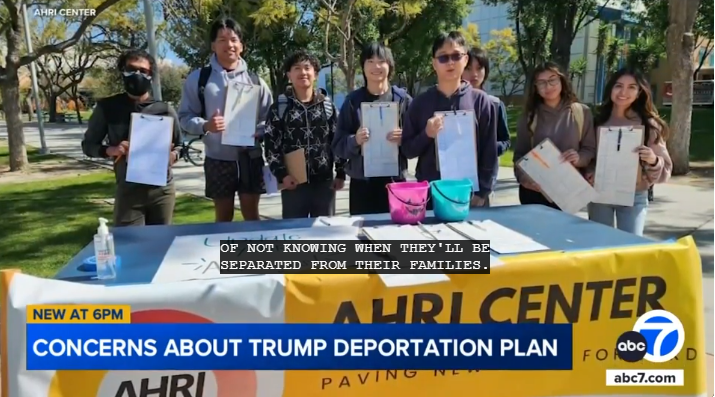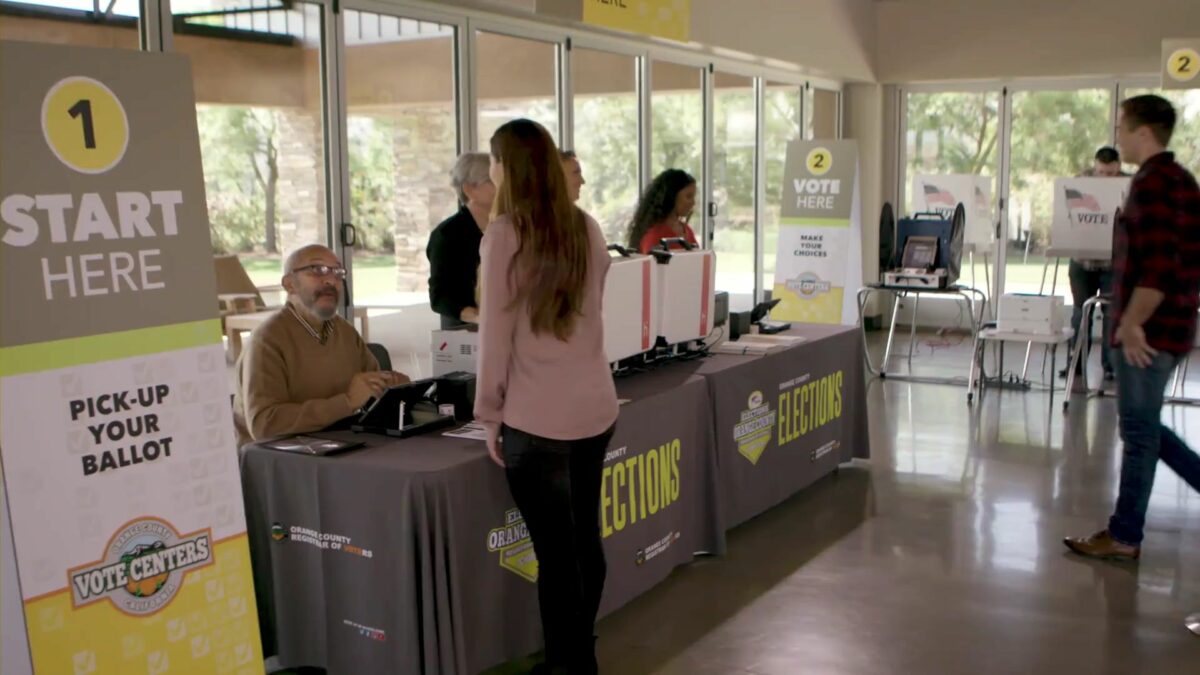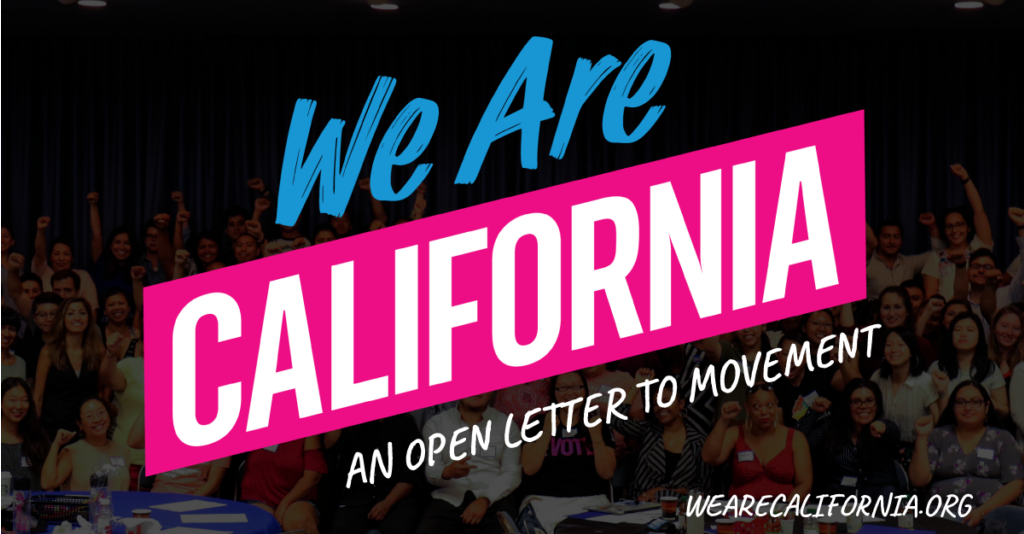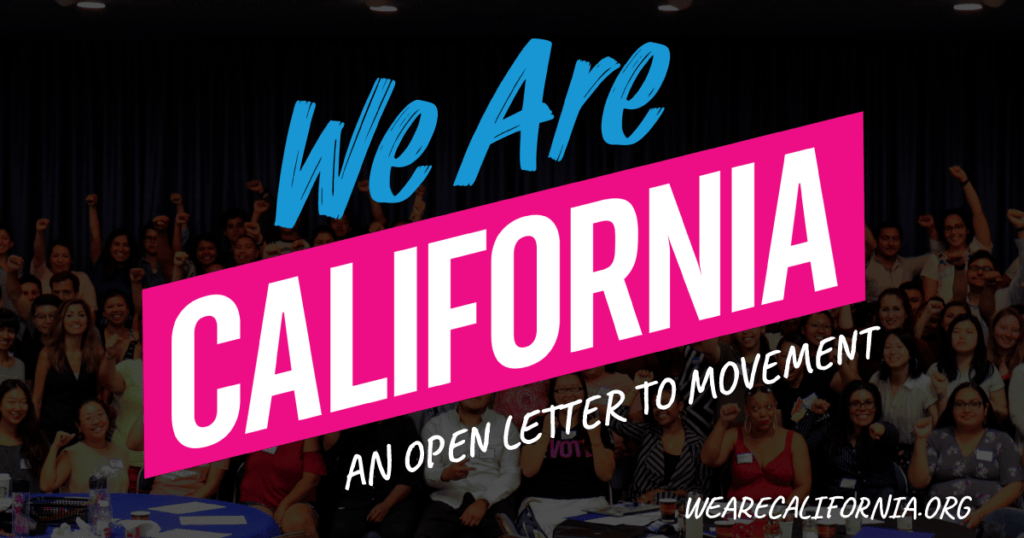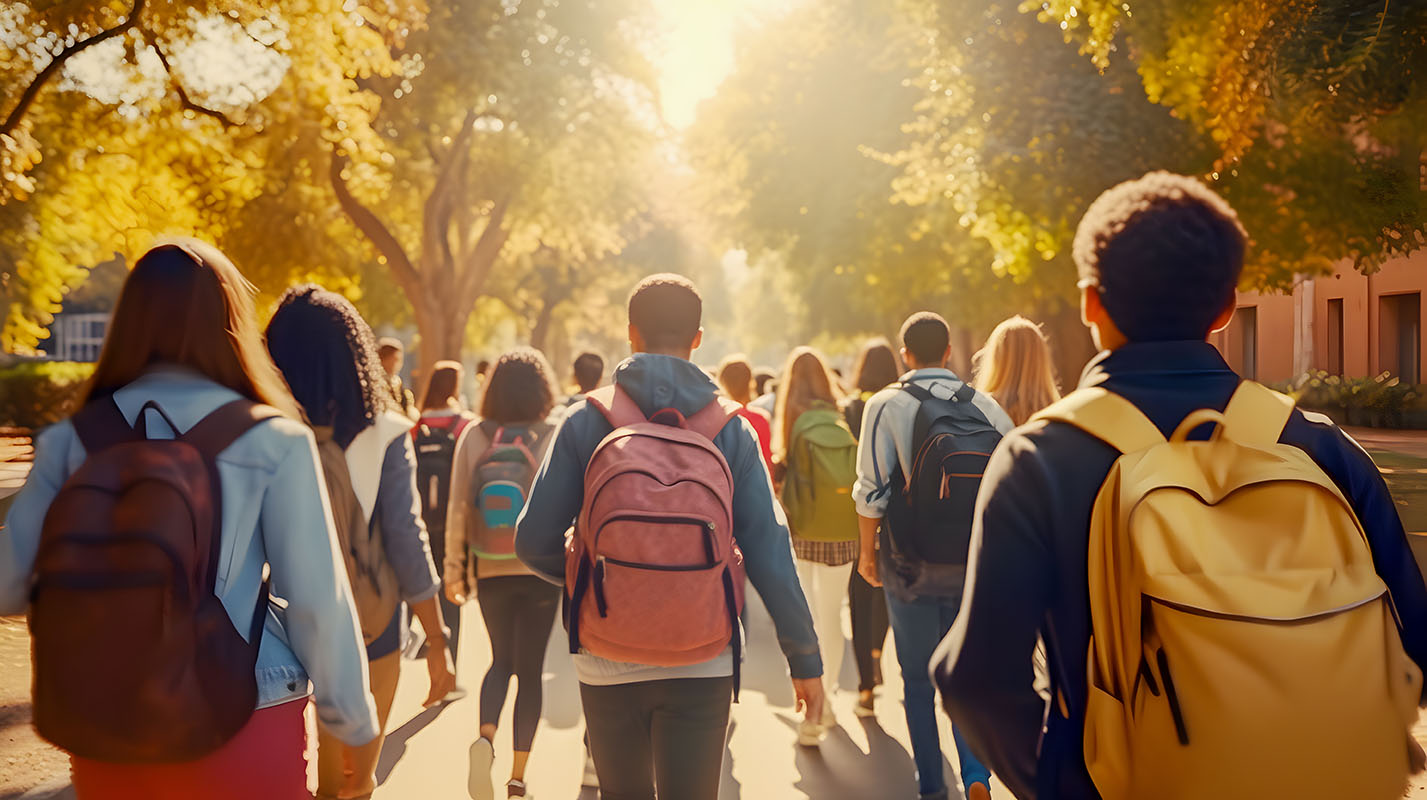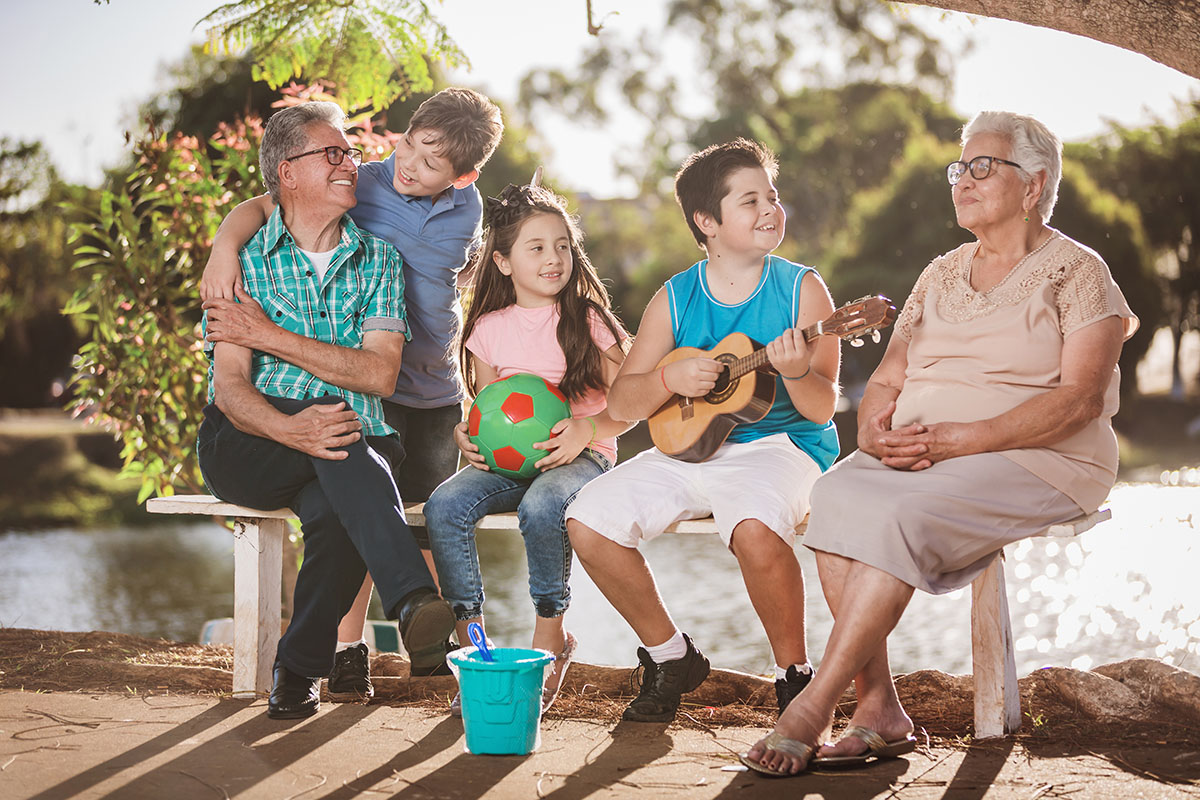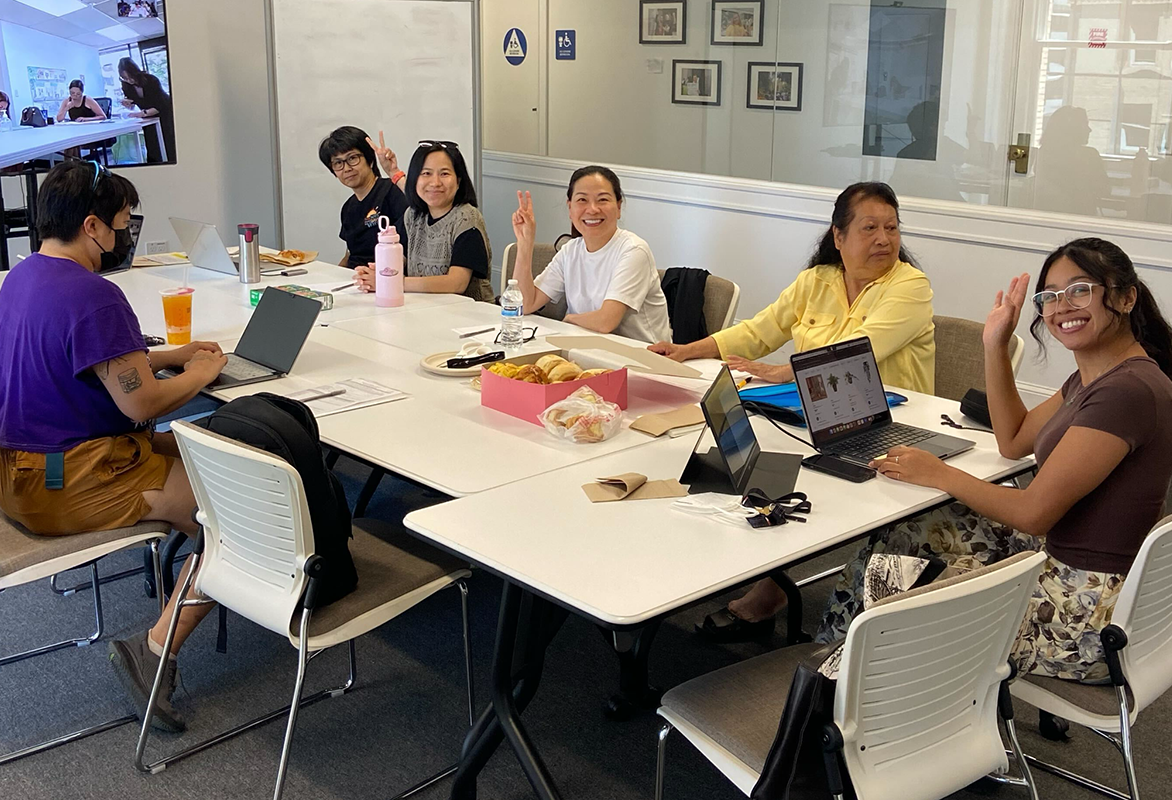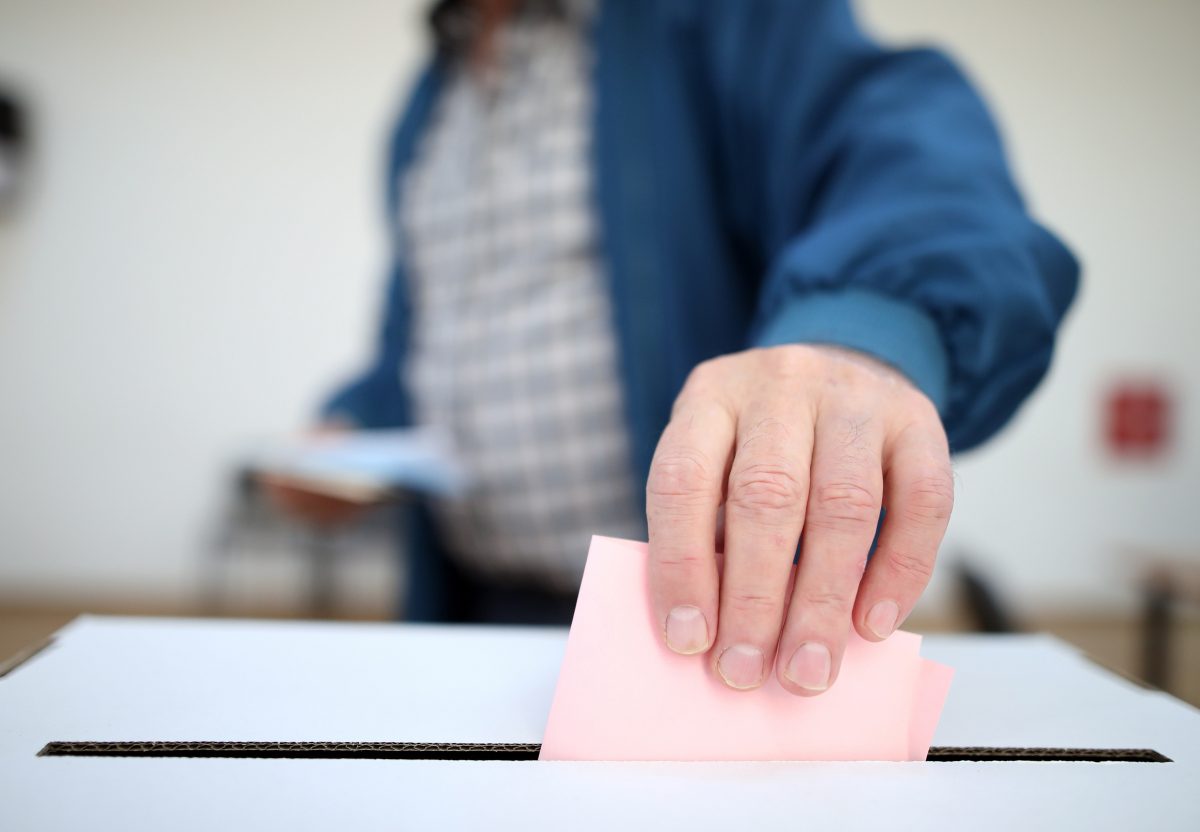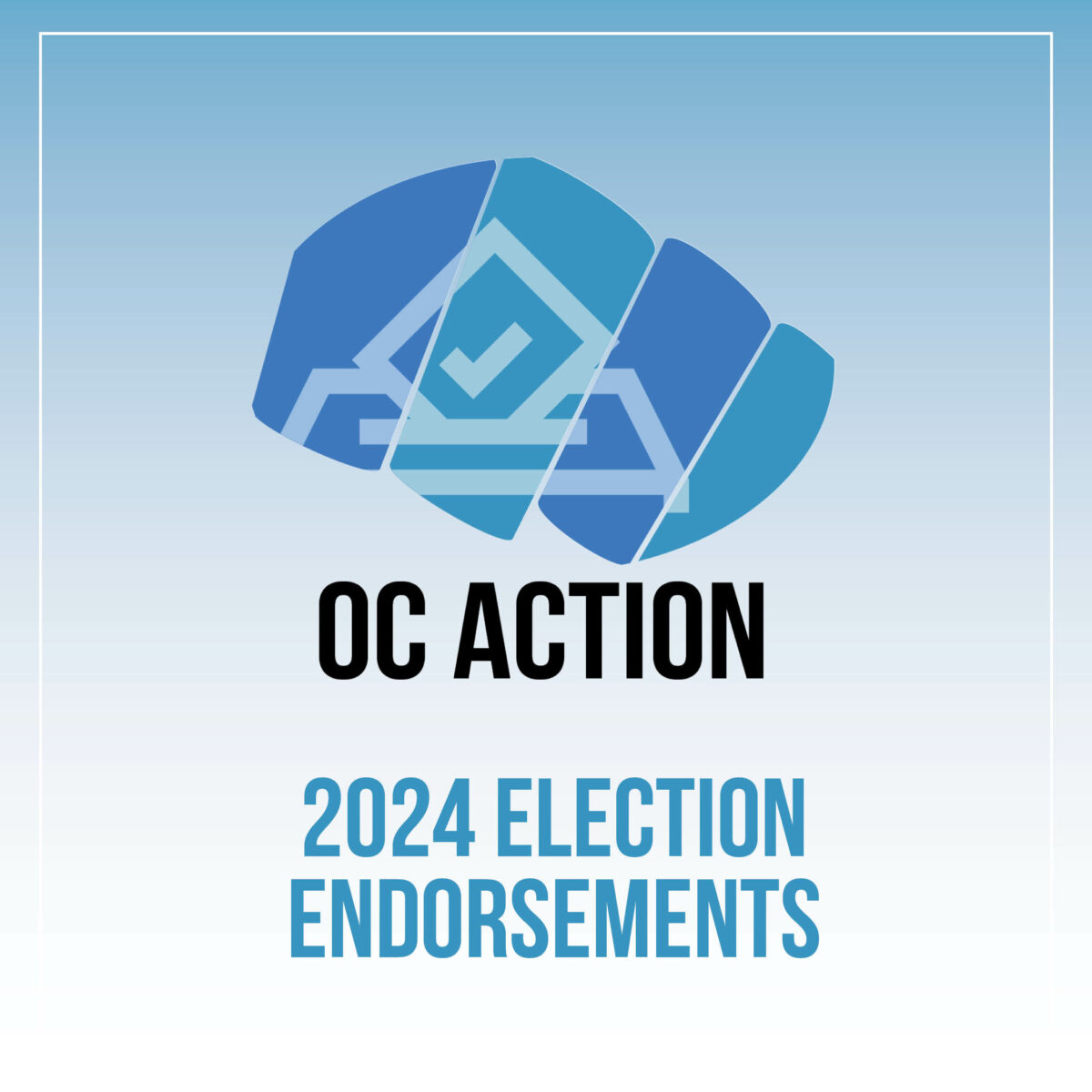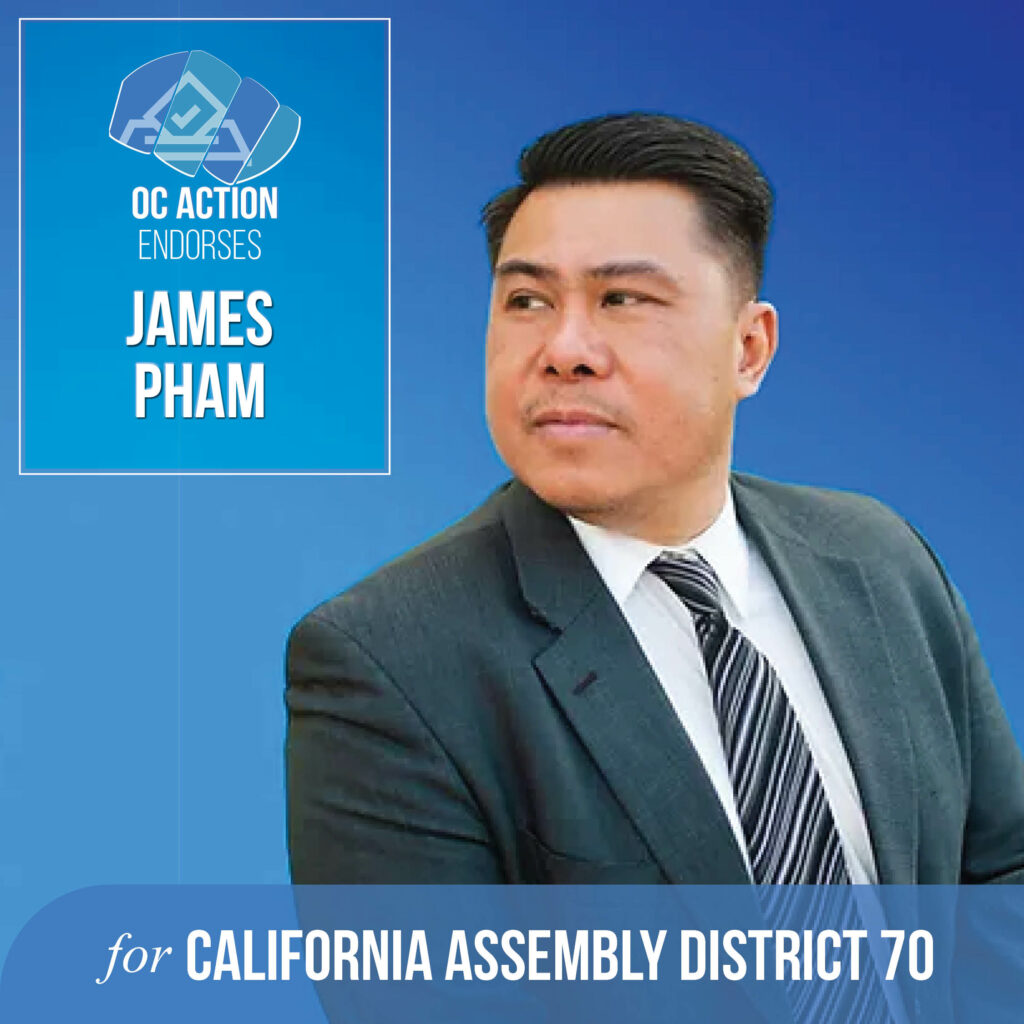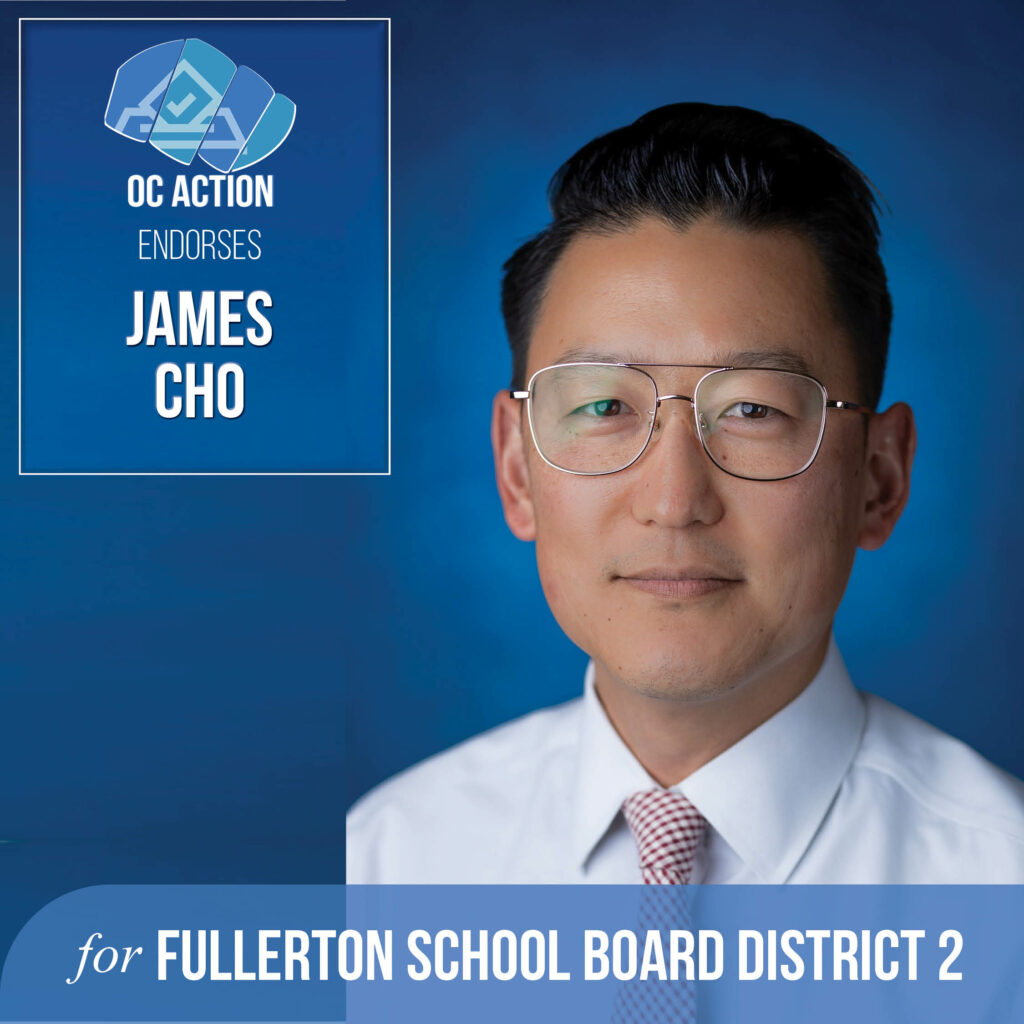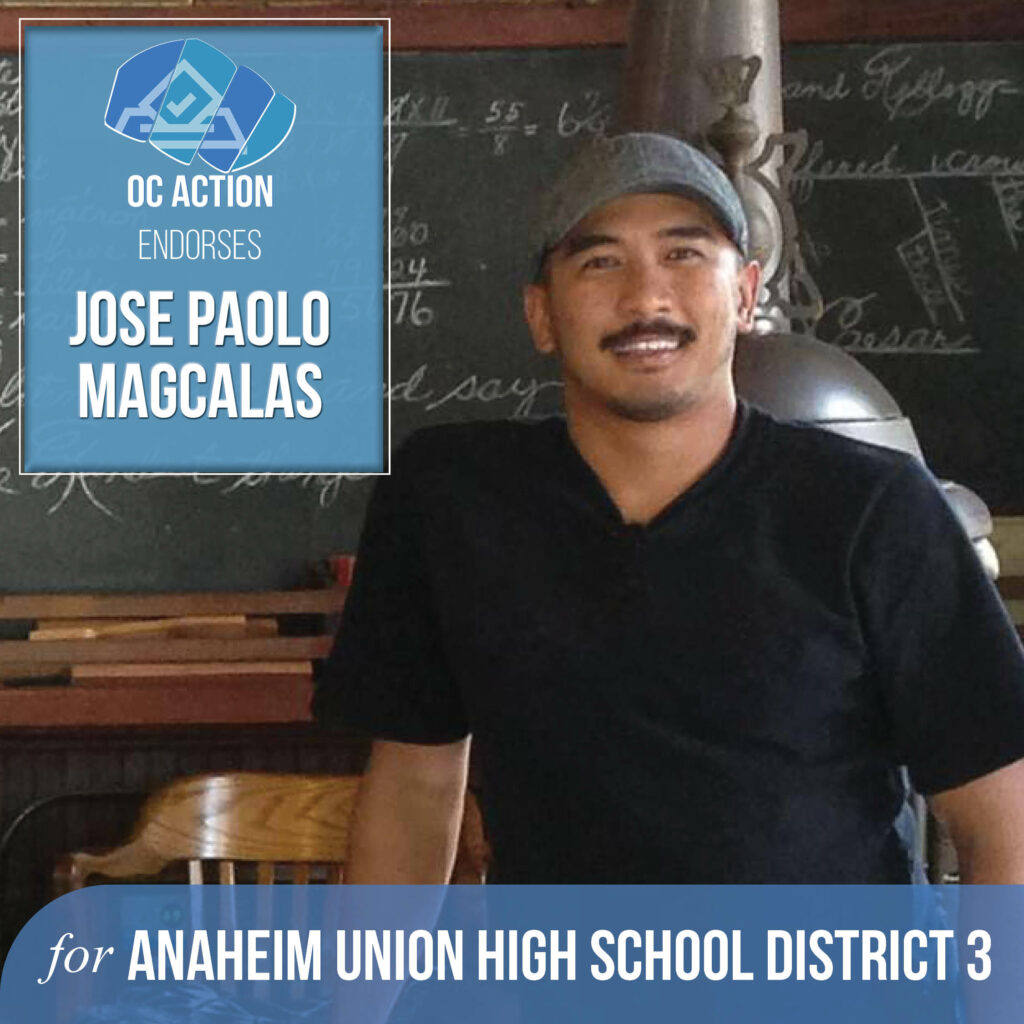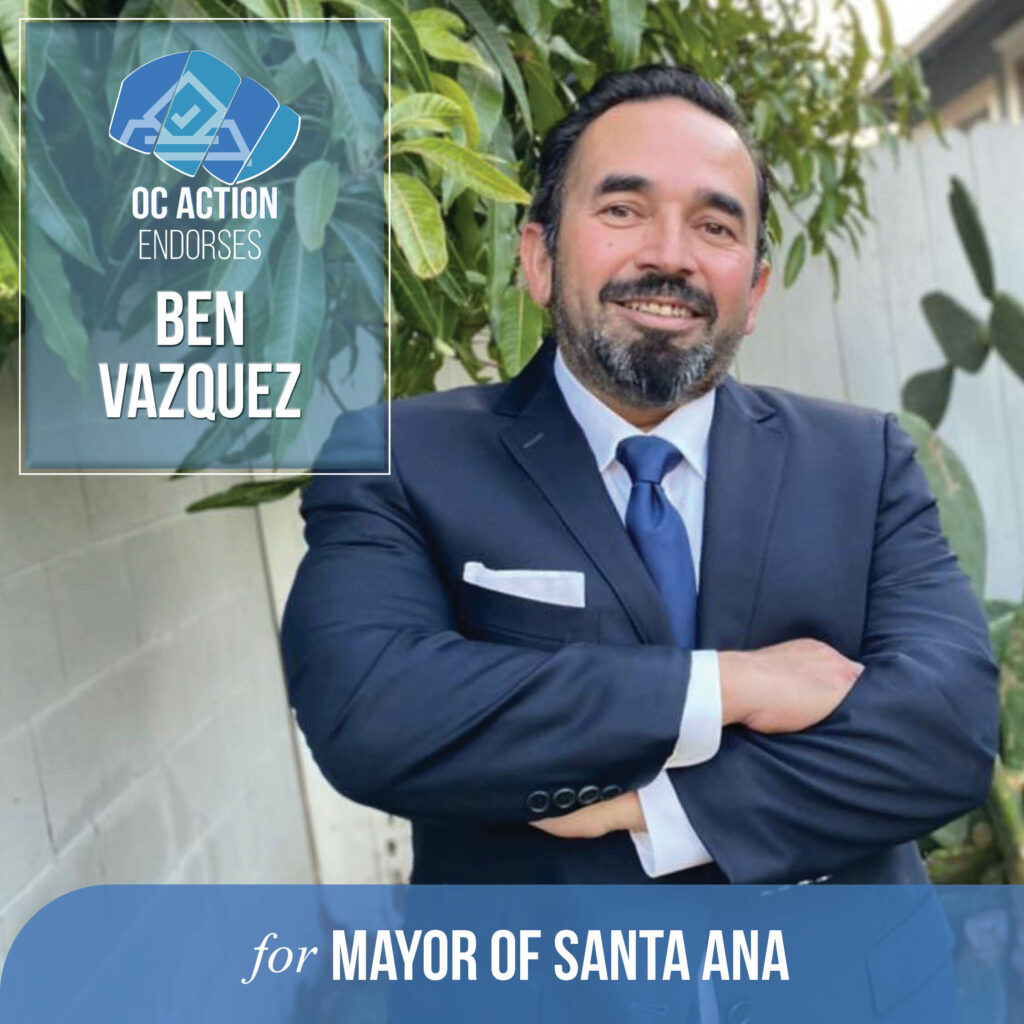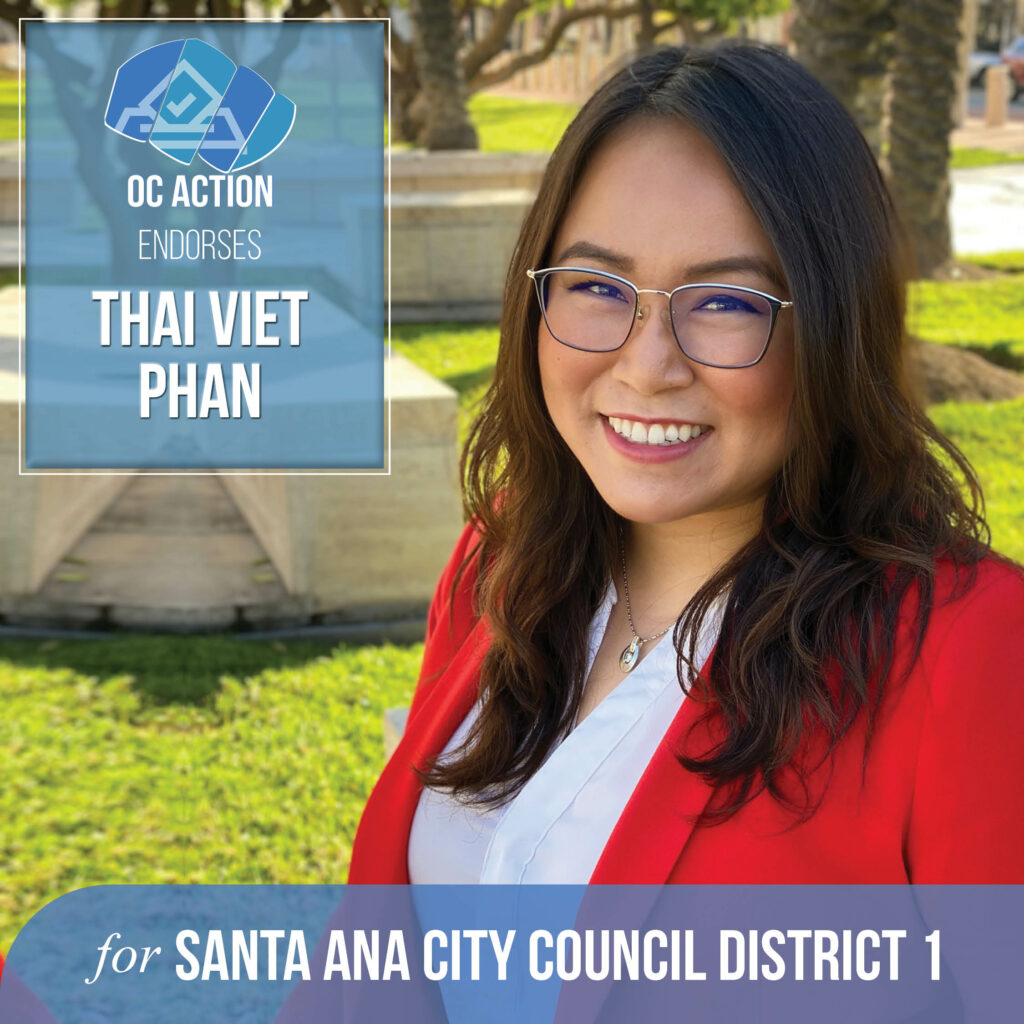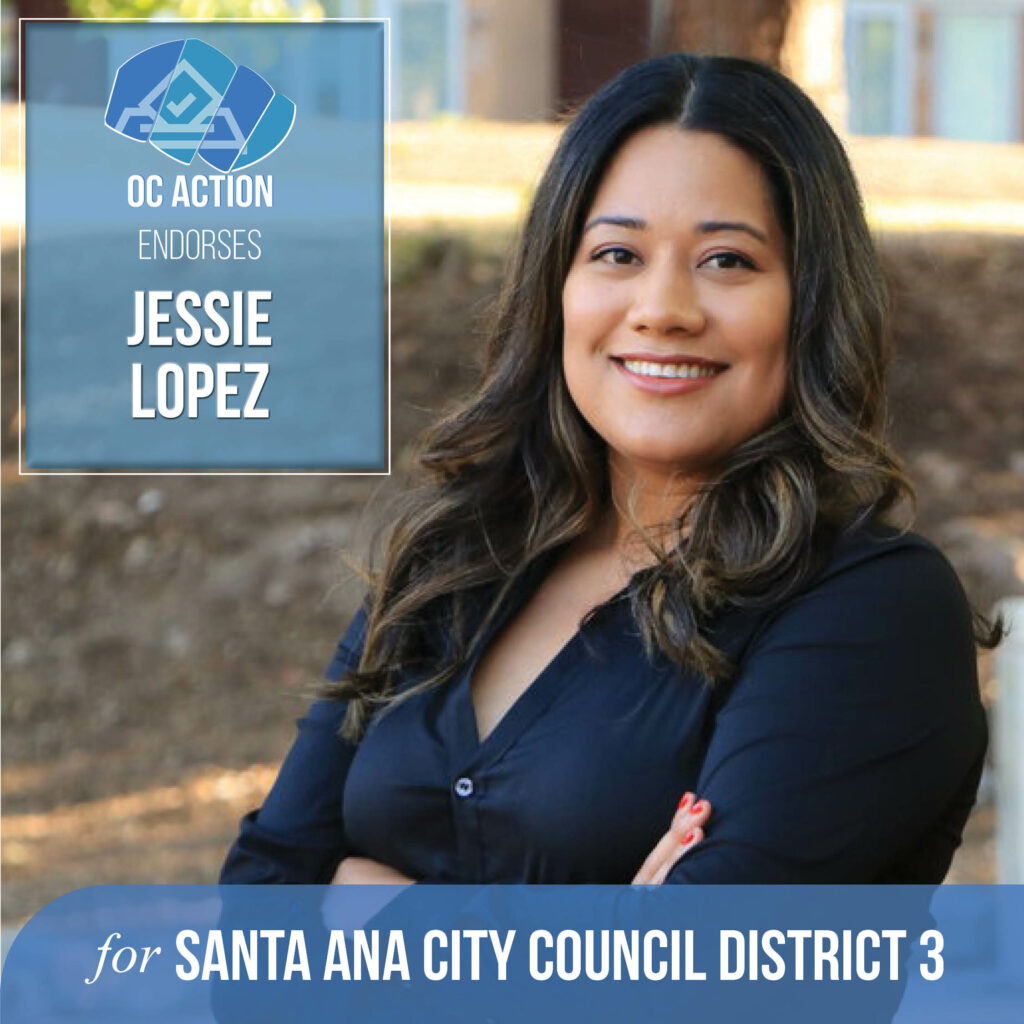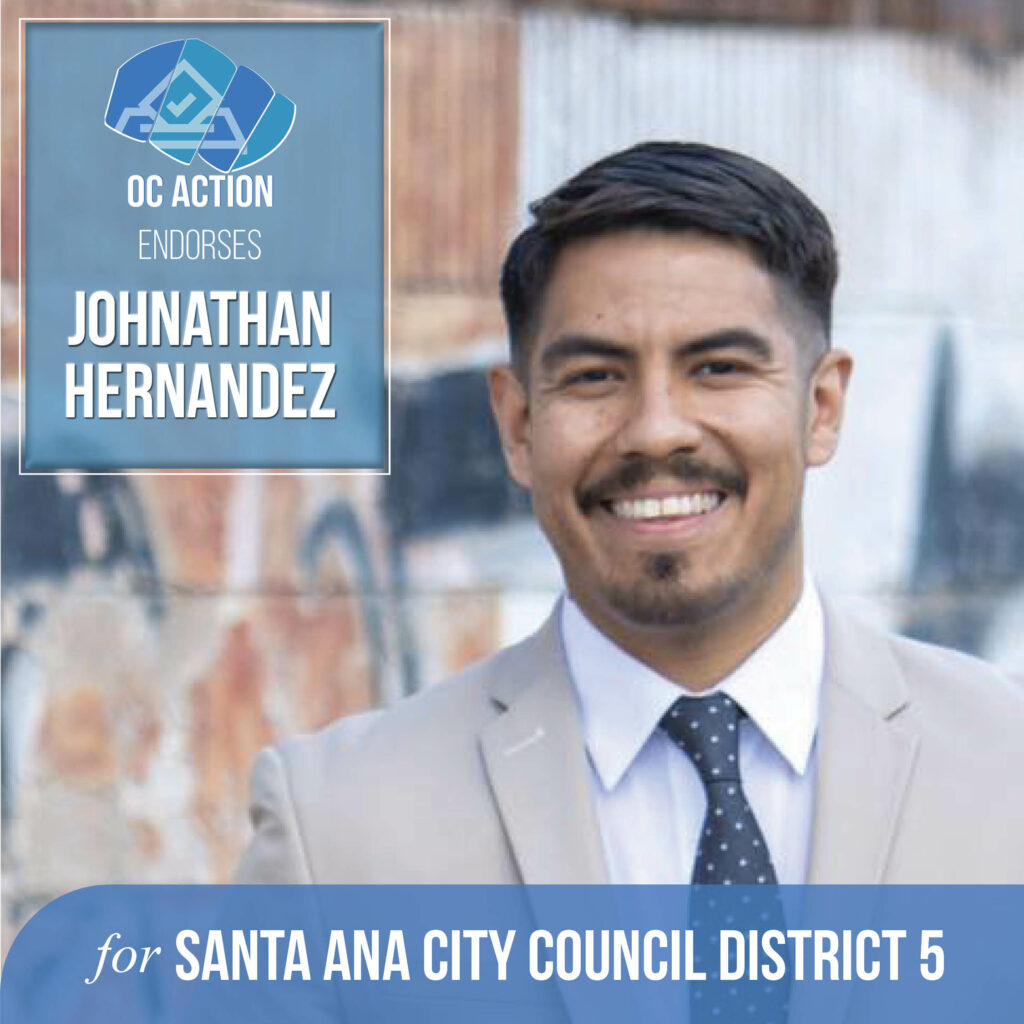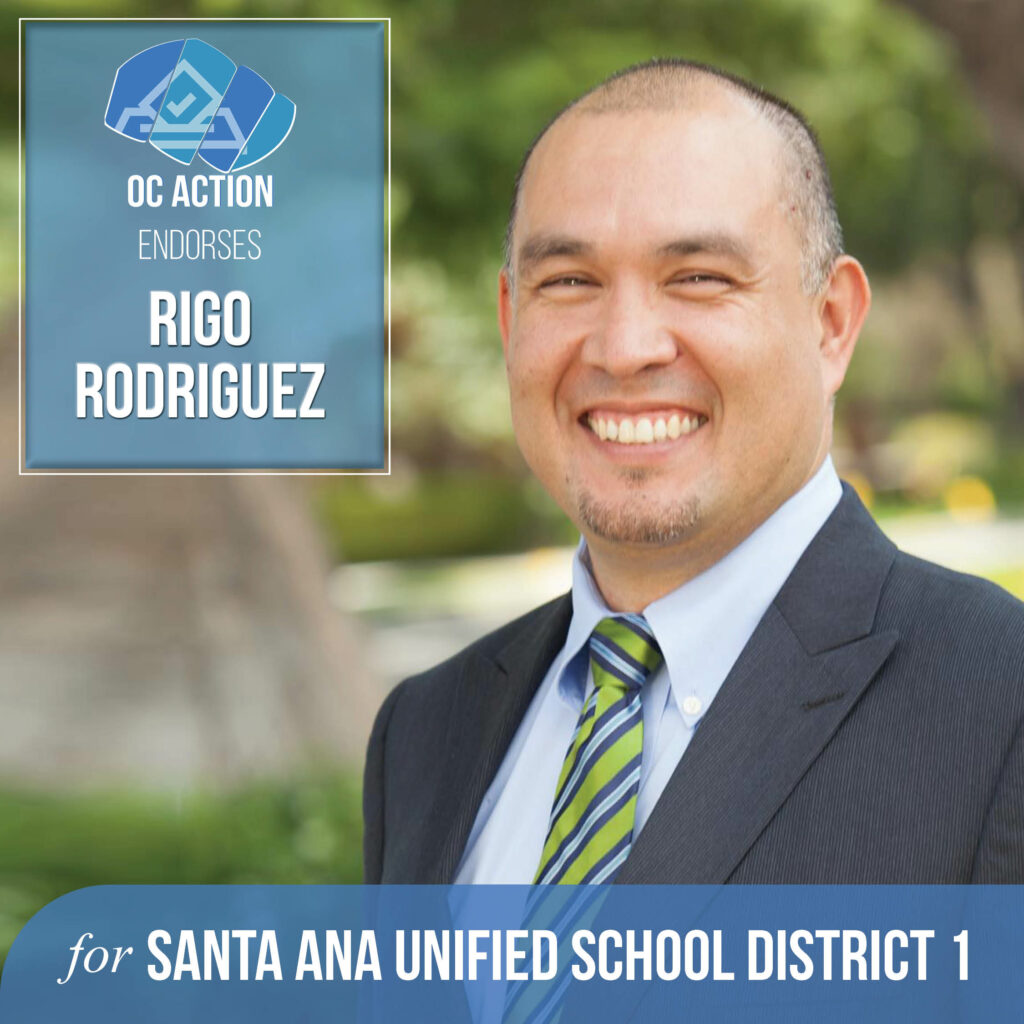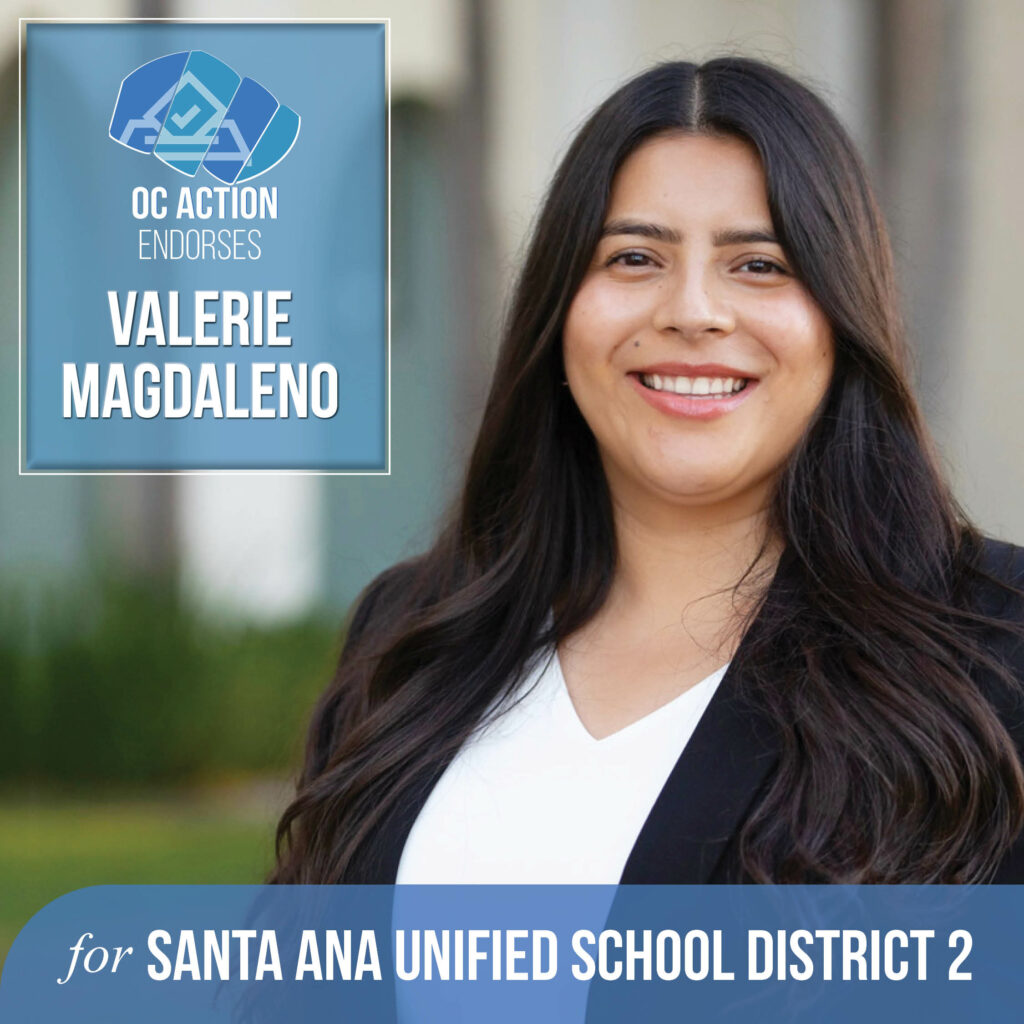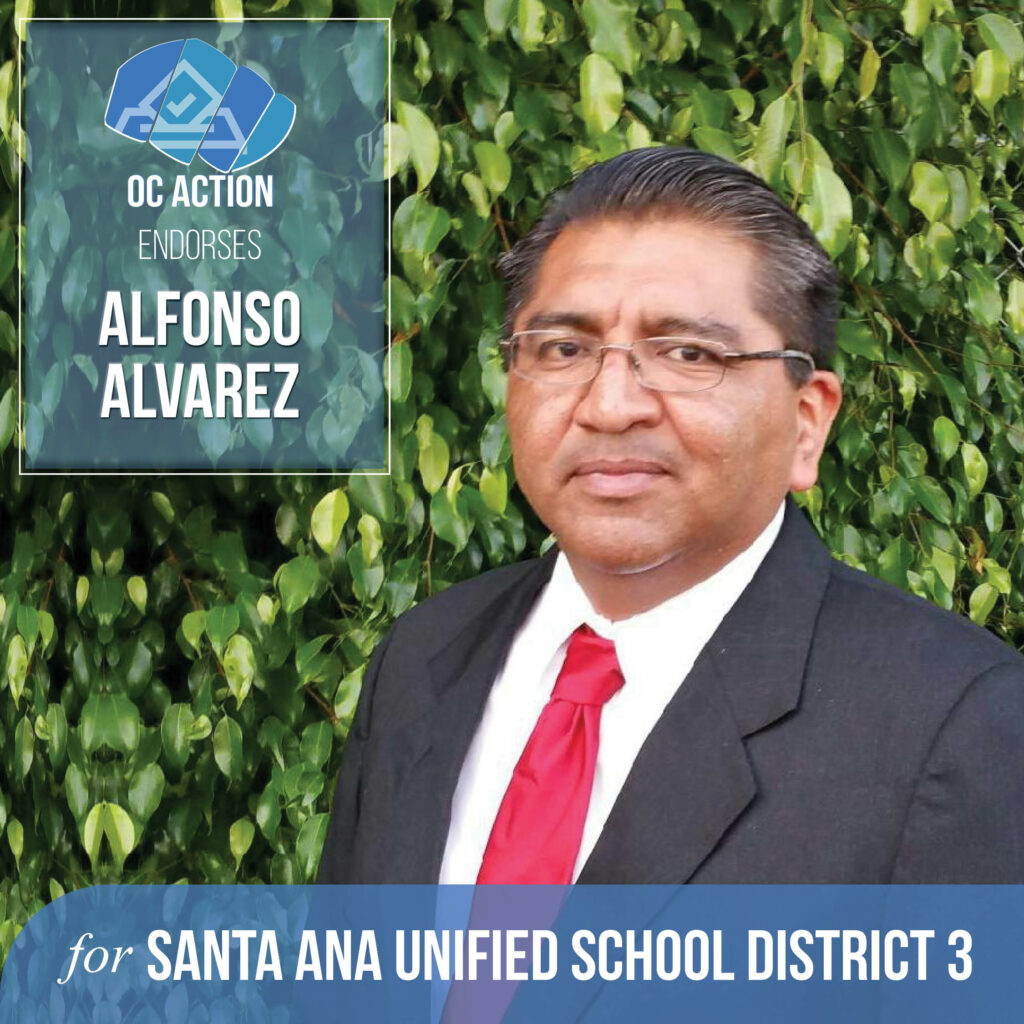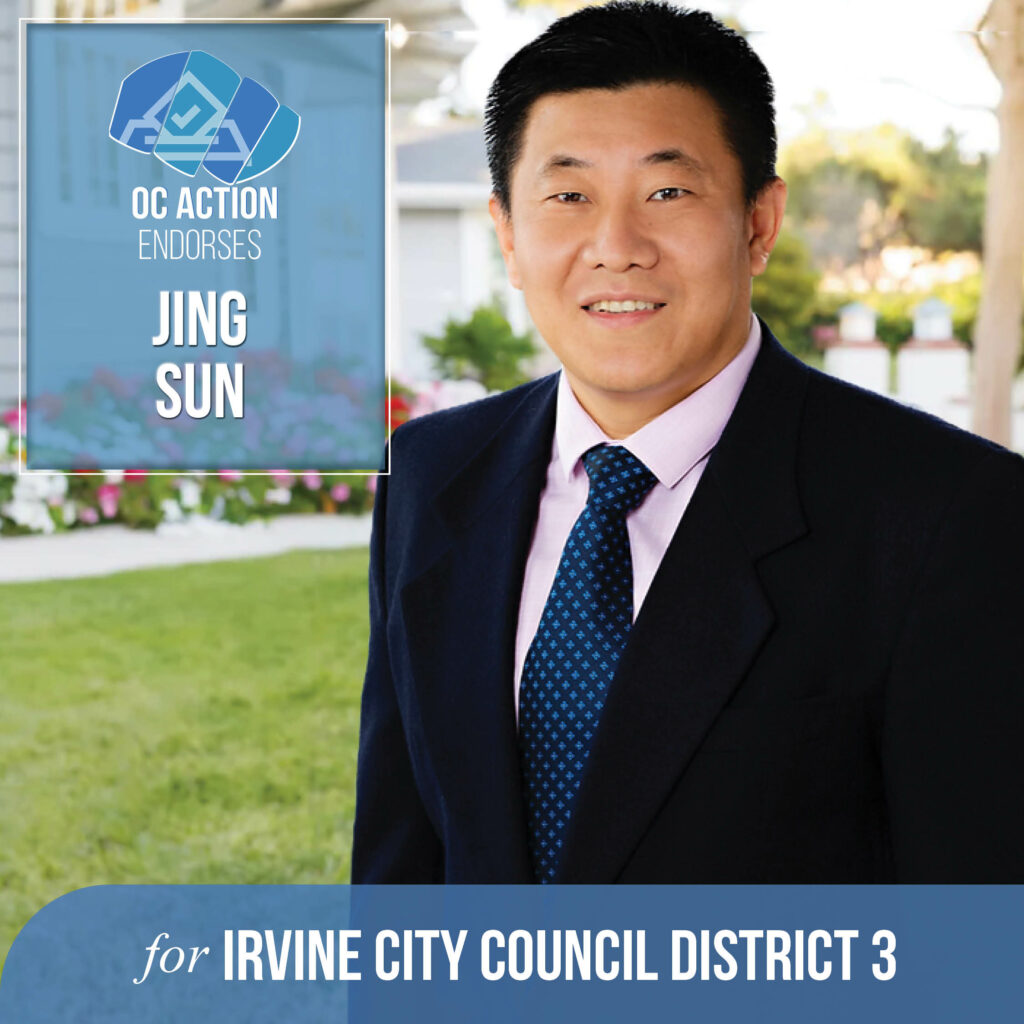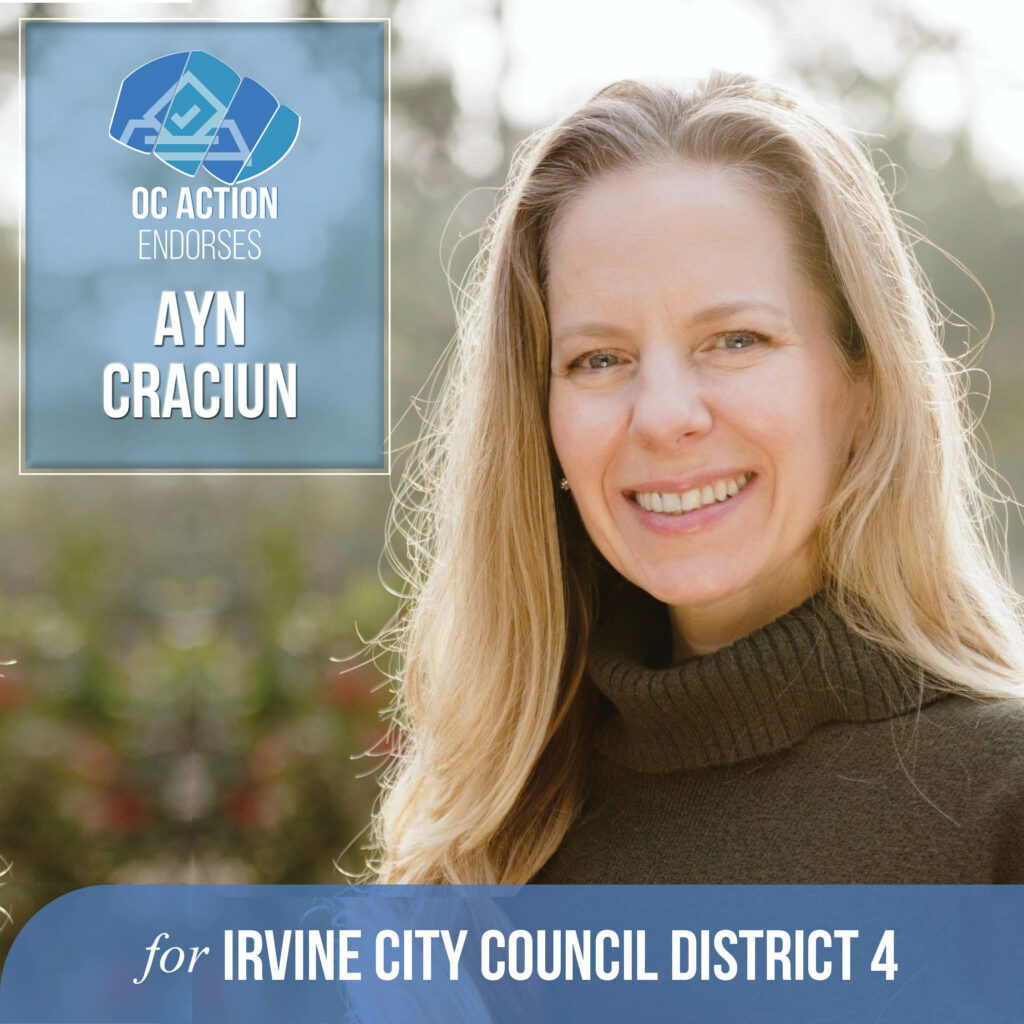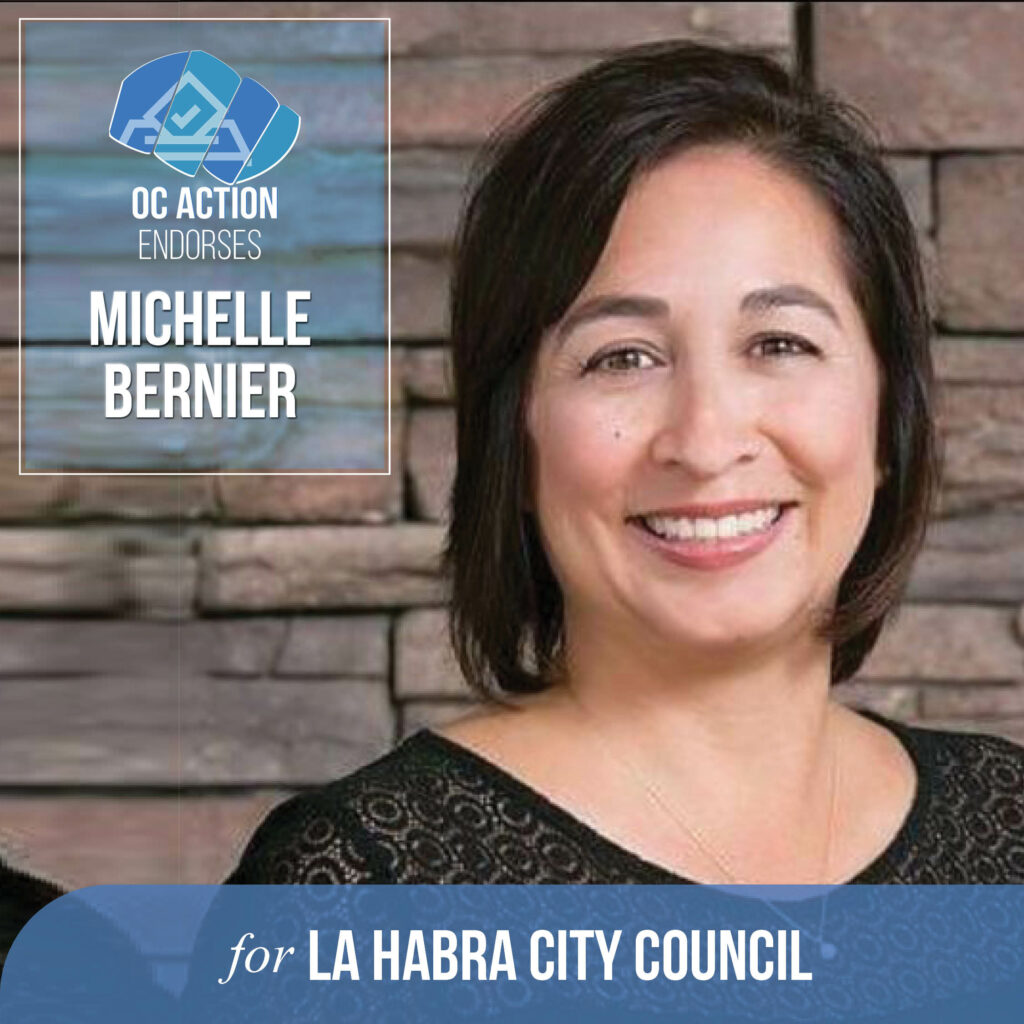Buena Park, CA – In one of the biggest upsets in the 2024 congressional elections and propelled by a massive community effort to uplift progressive Latinx and Asian voices, Democrat Derek Tran pulled ahead of two-term Republican incumbent Michelle Steel by 613 votes on November 26, after which Steel conceded.
Just in Congressional District 45, OC Action and ally organizations knocked on over 36,000 doors and made nearly 33,000 phone calls in five different languages, identifying 6,164 supporters, largely reaching Latinx, Vietnamese, Filipinx, Korean, and young voters. OC Action worked in collaboration with a dozen different community groups and labor unions, including SEIU CA, SEIU USWW, Chispa PAC, Worker Power PAC, Pilipino Action Center, United Domestic Workers CA, Seed the Vote, AAPIs for Civic Empowerment and others to make this work possible.
Despite massive spending from the the Congressional Leadership Fund and corporate interests like Elon Musk’s America PAC, the Republican party secured only a narrow majority in the House, losing key battleground districts and putting the legislative balance of power on ice-thin ground for the next two years.
“We showed that a multiracial coalition advancing a people powered strategy would be the driving force in flipping this critical congressional district”, remarked Jonathan Paik, Executive Director of OC Action. “We are shifting power everyday to residents in our communities and rebuilding the trust of historically disenfranchised communities of color through the power of our vote and the power of our organizing.”
“Our Vietnamese Language Team deeply values what Derek Tran stands for, and with that shared vision, we connected with over 2,500 Vietnamese voters in Orange County. Every phone call made and every conversation held reflects the collective efforts of our community coming together to create change”, said Vu Nguyen, Vietnamese Language Team Lead at OC Action.
There is much work ahead towards building progressive governance in Orange County across federal, state, and local level. José Campos, canvasser with OC Action, expressed: “This win represents a big step forward for low-income families and people of color. My hope is that Derek will bring much needed support and belonging to the district for the years to come.” Vu Nguyen remarked: “Derek Tran’s leadership embodies our hopes for a brighter Orange County—where housing, workers’ rights, and government transparency are priorities. Together, we are building a future that reflects our community’s values, and we look forward to seeing Derek Tran champion these issues and amplify our voices.”
“If we’re planning to meaningfully build a movement on the strength of our alliance that engages people for a lifetime, then let’s be prepared to build the movement that is ready to build WITH the people that want in”, said Paik, reflecting on the election results and the work ahead in 2025. “A win today is a step, but only a step towards MUCH more that we deserve.”
# # #
Media Inquiries: Yongho Kim yongho@ocaction-org
OC Action is an AAPI-Latinx-Labor-Environmental Justice Alliance in Orange County founded to build progressive political power. www.ocaction.org


